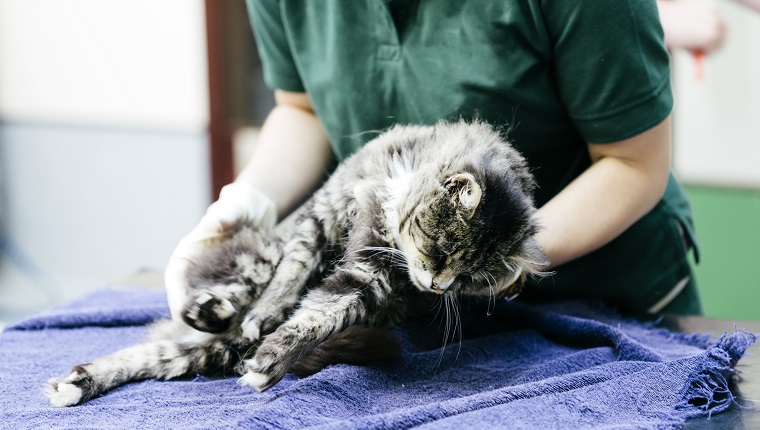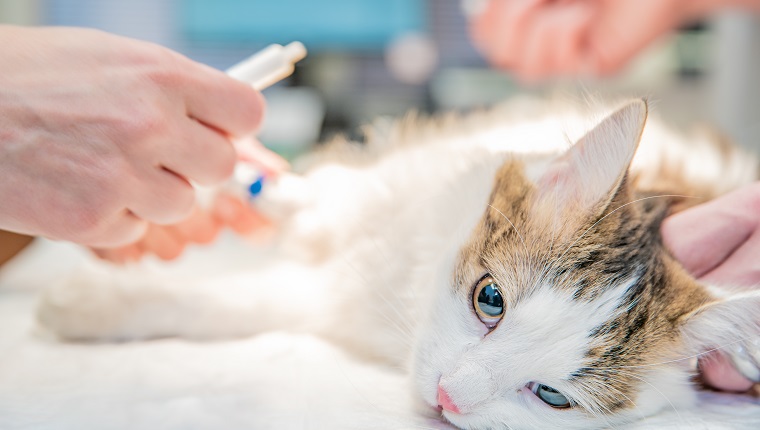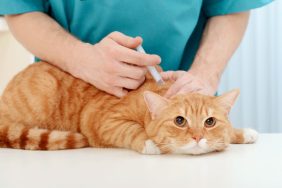Diaphragmatic hernia in cats is a condition that happens when a tear in the diaphragm allows organs situated below the diaphragm, such as the intestine and stomach, to move into the chest cavity. It often happens due to a traumatic accident or blow; although in some cases, the condition is congenital.
The hernia causes the feline to shy away from exercise and activity due to difficulties breathing. It seems to affect certain breeds of cats more frequently than others, including Himalayans.
If you see signs that your cat might be suffering from a hernia, then you must consult your veterinarian for a proper diagnosis and course of treatment. Here’s what you should know about the symptoms, causes, and treatments of diaphragmatic hernia in cats.
Symptoms Of Diaphragmatic Hernia In Cats
A diaphragmatic hernia produces a range of symptoms in a cat. Some of the most common symptoms include:
- Finding it hard to breathe
- Becoming lethargic
- Vomiting
- Muffled heartbeat (especially in congenital cases)
- Irregular heartbeat
- Diarrhea
Causes Of Diaphragmatic Hernia In Cats

The cause of diaphragmatic hernia in cats is often a traumatic accident or blow, such as being hit by a moving vehicle or suffering from a high fall.
In congenital cases, the precise cause has not yet been definitively stated. But certain cat breeds, including Himalayans, do seem to be more prone to the condition than other breeds of cat.
Treatments For Diaphragmatic Hernia In Cats
If you suspect that your cat might be suffering from a case of diaphragmatic hernia, your veterinarian will want to conduct a full physical examination. They’ll ask about any recent events that might have caused trauma, including accidents involving moving vehicles and high falls. Vets may also find X-rays useful in diagnosing a hernia.
Treatment will depend on the cause behind the hernia. If it involved trauma, the first step will be to stabilize the cat’s condition. This might take into account any breathing issues and options to repair any damaged organs.
In congenital cases, a veterinarian should begin treatment as soon as possible so as to keep the kitten’s organs in the best possible condition.
Recovering cats should have their heart rate monitored on a regular basis.
Have you ever cared for a kitty who suffered from diaphragmatic hernia? How did your vet help your cat recover? Tell us all about it in the comments below.









